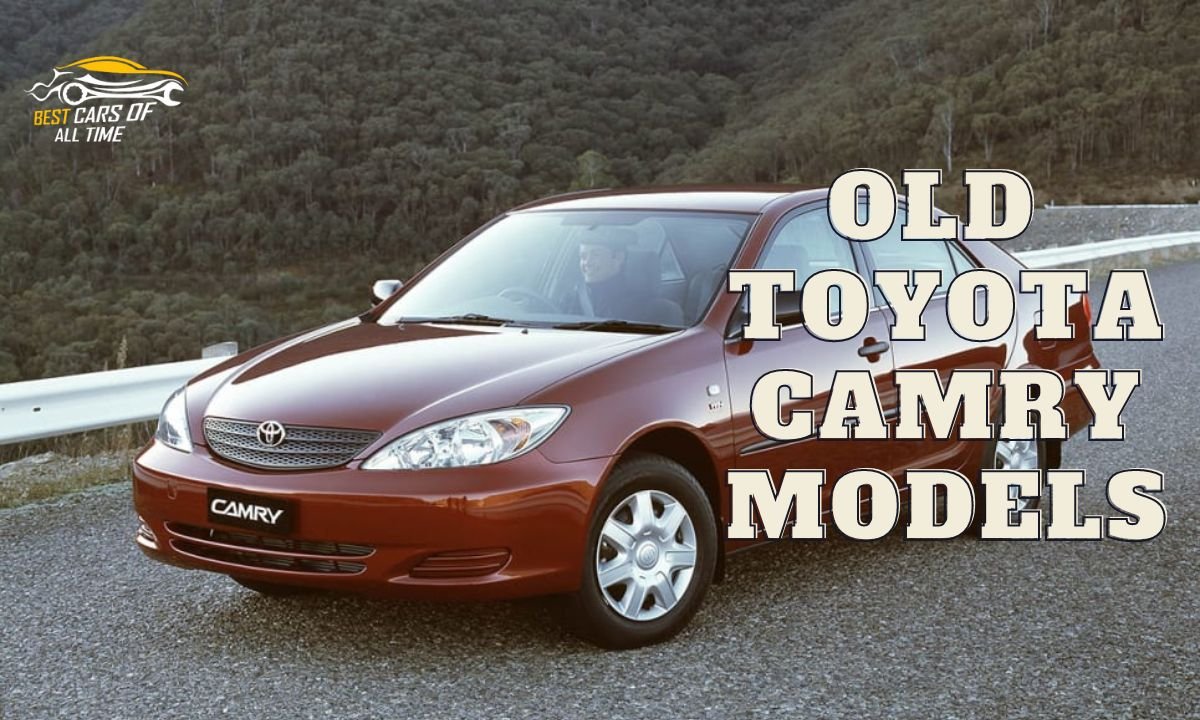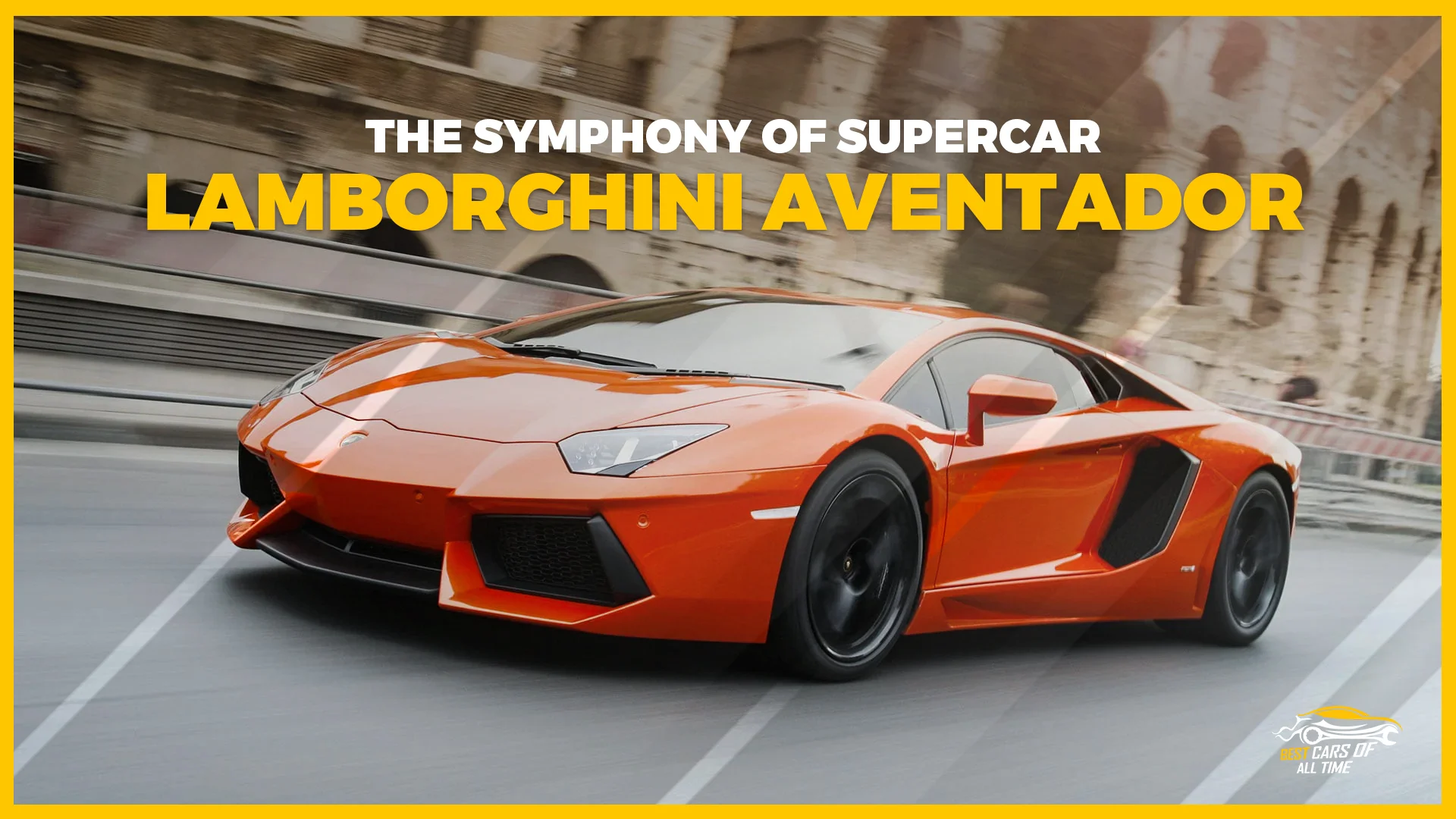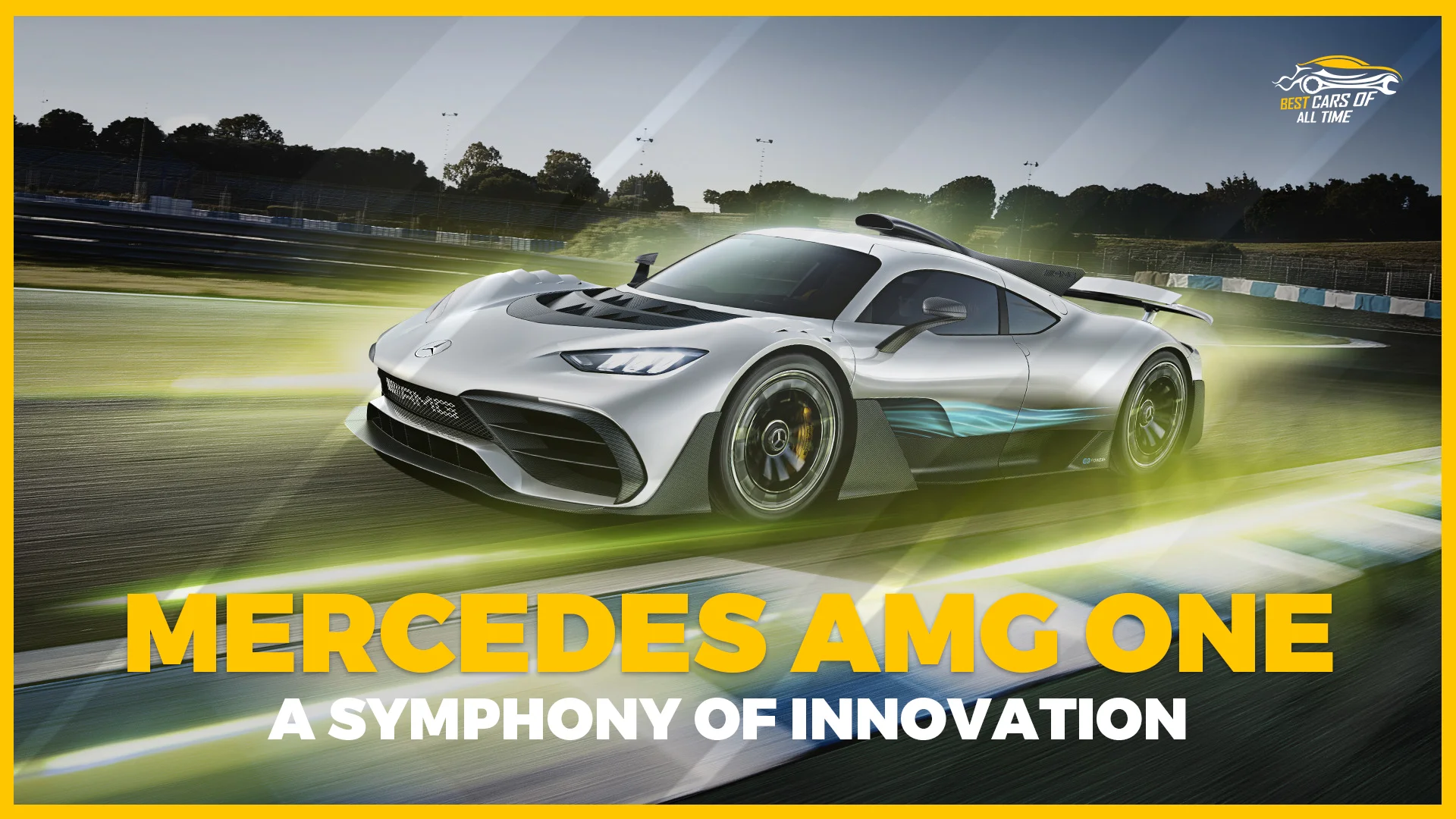The Toyota Camry has long been recognized as a popular and enduring car model, known for its reliability, comfort, and practicality.
As an iconic nameplate in the automotive industry, it is important to understand and appreciate the older Toyota Camry models.
These earlier iterations hold historical significance, showcase the evolution of the Camry over time, and offer unique features and characteristics that distinguish them from their modern counterparts.
This outline aims to explore the different generations of old Toyota Camry models, highlighting their notable features, design elements, engine options, reliability, and collectability.
Early Toyota Camry Models (1980s and 1990s)
The first-generation Toyota Camry, produced from 1982 to 1986, marked the beginning of this popular model’s legacy.
Its introduction brought a shift towards a more rounded and aerodynamic design, departing from the boxy aesthetics of its predecessors.
The second-generation Toyota Camry, manufactured from 1987 to 1991, featured significant advancements in technology and refinement.
It offered improved performance, enhanced safety features, and a more spacious interior.
The third-generation Toyota Camry, produced from 1992 to 1996, showcased a more streamlined and elegant design.
It introduced innovations such as dual airbags, antilock brakes, and a more powerful V6 engine option.
Late 1990s and Early 2000s Old Toyota Camry Models
The fourth-generation Toyota Camry, manufactured from 1997 to 2001, displayed a more contemporary and stylish exterior.
It incorporated updated safety features and improved fuel efficiency, making it a popular choice among buyers.
The fifth-generation Toyota Camry, produced from 2002 to 2006, further refined the model’s design and performance.
It featured a more muscular and dynamic appearance, along with technological advancements like optional navigation systems and upgraded audio systems.
Mid-2000s to Early 2010s Toyota Camry Models
The sixth-generation Toyota Camry, manufactured from 2007 to 2011, emphasized a more luxurious and refined driving experience.
It introduced sleeker body lines, enhanced safety features, and improved fuel efficiency.
The seventh-generation Toyota Camry, produced from 2012 to 2017, focused on providing a more engaging and dynamic driving experience.
It showcased bolder exterior styling, advanced infotainment systems, and the introduction of hybrid options for increased fuel efficiency.
Features and Characteristics of Old Toyota Camry Models
Older Toyota Camry models offered a range of engine options, including reliable four-cylinder variants and more powerful V6 engines.
These engines provided a balance between performance and fuel efficiency.
The interior of these Camry models was known for its spaciousness, comfort, and availability of various amenities.
They offered ample legroom, supportive seating, and convenient features like power windows, air conditioning, and sound systems.
Reliability and durability were key attributes of old Toyota Camry models, contributing to their long-term ownership experiences.
These vehicles were renowned for their low maintenance costs and longevity, making them popular choices for individuals seeking dependable transportation.
Collectability and Classic Status of Old Toyota Camry Models
In recent years, there has been a growing interest in vintage and classic Toyota Camry models.
Factors that influence the collectability of specific old Camry models include rarity, unique design elements, and historical significance.
Limited production editions, special trims, and well-preserved examples tend to attract collectors and enthusiasts.
Maintenance and Ownership Considerations
Maintaining and servicing older Toyota Camry models requires attention to regular maintenance tasks, including oil changes, fluid checks, and tire rotations.
While parts availability may become a challenge as these models age, there are still resources and aftermarket options available for most components.
Accessing specialized repair services might be more limited compared to newer vehicles, but many independent mechanics are familiar with older Camry models and can provide reliable service.
Owning an old Toyota Camry has its advantages and drawbacks in terms of cost and practicality.
On the positive side, these vehicles are often more affordable to purchase compared to brand new cars. They also tend to have lower insurance costs and depreciation rates.
The Camry’s reputation for reliability means that owners can expect fewer unexpected repairs and lower long-term maintenance expenses.
However, there are some drawbacks to consider. Older Camry models may not have the same level of advanced safety features found in newer vehicles, which could be a concern for some buyers.
Fuel efficiency may also be lower compared to more recent models. while the initial purchase price may be lower, older vehicles may require more frequent repairs and replacement of worn-out parts, which can add up over time.
Conclusion
We know, understanding and appreciating the older Toyota Camry models is important for every car enthusiast, collectors, and anyone interested in the evolution of this iconic car.
These models offer unique features, design elements, and engine options that showcase the Camry’s progression over the years.
With their reliability, durability, and potential collectability, owning an old Camry can be a rewarding experience, but it’s essential to consider maintenance and ownership considerations such as parts availability and the practicality of owning an older vehicle.
By appreciating the history and characteristics of these older models, we can gain a deeper understanding of the enduring legacy of the Toyota Camry.





